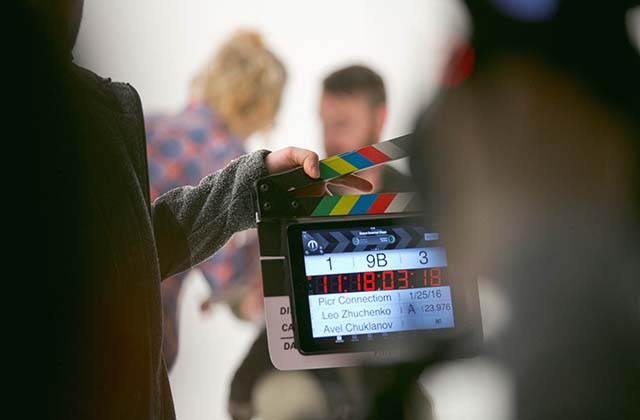Cinematography is a complex art form. It takes many different elements to create the perfect shot, and even more to get it right. One of the most important elements of cinematography is the style of your movie. There are many different styles that can be used to tell your story, but few are as effective as those found in Hollywood films. Concept boards can be a part if your cinematography in the future.
The most popular cinematic style is what is known as the “Hollywood look” or classical Hollywood style. This style was first developed in the 1920s and 1930s by directors such as D.W Griffith and Charlie Chaplin, who pioneered many of the techniques that we still use today. The style incorporates deep focus shots, where everything in the scene is visible behind and in front of the subject (instead of just one side), long takes without cuts or edits, and careful lighting design to convey mood and emotion on screen.
Another popular style is called naturalism or verité filmmaking, which uses handheld cameras with no extras or artificial lighting set-ups. Naturalism was popularized by directors like Robert Altman who used handheld cameras to give viewers an intimate look at real life situations through their characters’ eyes.
Cinema is a style that has many different styles and genres. There are many styles of filmmaking, but they all have one thing in common: they have been influenced by the world around them. The following are some of the most popular styles of filmmaking.
Action Film
An action film is a movie that relies on intense action sequences and quick-paced visuals to keep the audience interested. Action films are usually set in urban settings where there are large crowds, high rises and busy streets. Action films often feature car chases and fight scenes as well as gunfights, explosions and other dangerous occurrences. The characters in an action film tend to be very strong willed individuals who don’t take no for an answer when it comes to achieving their goals. Some examples of famous action films include Die Hard (1988), Terminator 2: Judgment Day (1991) and The Avengers (2012).
Comedy
A comedy film is one that uses humor as its primary tool for telling its story or conveying its message to the audience. Comedies usually involve some type of conflict between two characters or groups of characters that results in some type of resolution at the end of each scene through dialogue or action rather than plot devices such as character development or flashbacks.
The World of Cinematic Styles
Cinema is a visual art form that is used to tell stories and convey ideas. There is no doubt that cinema is a powerful medium, but it can be difficult to find the right formula for success. Some directors are able to find it, while others struggle through their entire careers trying to do so. There have been many different cinematic styles in the history of film, ranging from the early silent films up until today’s high-budget blockbusters.
The following is an overview of some of the most famous cinematic styles:
- Silent Films
- Early Sound Films (1927-1930)
- Classical Hollywood Style (1930-1960)
- European Art Cinema (1950s-1990s)
- Avant-garde Film (1960s-1990s)
The two main categories of cinematic style are realism and non-realism. Realism refers to a style that is meant to represent real life as accurately as possible, while non-realism refers to a style that intentionally deviates from reality in order to create some kind of artistic effect.
Realism
Realist films are usually shot on location and attempt to mimic the look and feel of real life. They may be shot in black and white or color, but they don’t include any special effects or artificial lighting techniques (such as studio lights). The camera moves very little, if at all, and the actors usually play themselves rather than fictional characters. The term “documentary” can refer either to realist films or non-realist ones — it’s up to each filmmaker how much of their film is based on reality and how much is fabricated for artistic purposes.
Non-realism
Non-realist films can be shot anywhere and often include lots of special effects or artificial lighting techniques (such as studio lights). Visit us to check our output.
